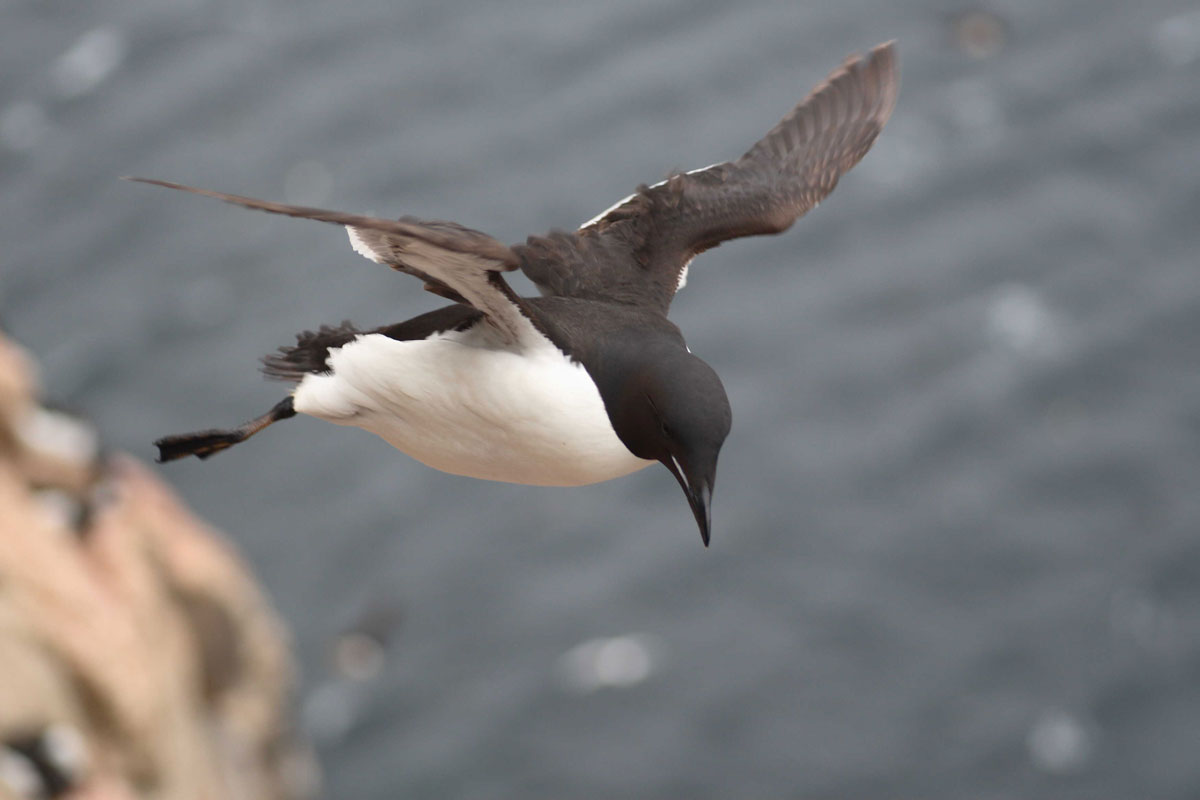Warm-blooded animals like mammals and birds have better adaptability to climate change as compared to their cold-blooded counterparts, a new study has revealed. The latest study says that that mammals and birds are more resistant to climate change as compared to other species owing to their excellent adaptability. This indicates that in future if the climate change problem intensifies, then birds and mammals will have a higher survival rate than other animals.
“We see that mammals and birds are better able to stretch out and extend their habitats and this could have a deep impact on extinction rates and what our world looks like in the future,” said Jonathan Rolland, a researcher at the University of British Columbia and the lead author of the latest study. For the study, Rolland and his group analyzed about 11, 465 species that included the current distribution of animals, the fossilized and the phylogenetic information. They were able to able to rebuild where those animals could have survived over the past 270 million years and what type of climate was ideal or suitable for them to survive.
After scrutinizing all the data, scientists found out that changing climate played a major role in deciding the habitats of the animals and also in shaping the way they lived in the past. As per the study, until about 40 million years ago, our Earth was a warm and tropical planet and was home to many species including dinosaurs. But as time passed, the earth became cooler and cooler and warm-blooded adapted perfectly to the cooler climate. They began migrating towards northern and southern hemispheres. But the cold-blooded animals could not move much due to their less adaptable nature, and they got restricted to a particular area.
“This might explain why we see so few reptiles and amphibians in the Antarctic or even in temperate climates,” Rolland stated. He furthers aid that it is possible that warm-blooded animals will eventually adapt and could move into these regions, but such a change will take a long time to occur. The latest study was published in the Journal of Nature Ecology and Evolution.
